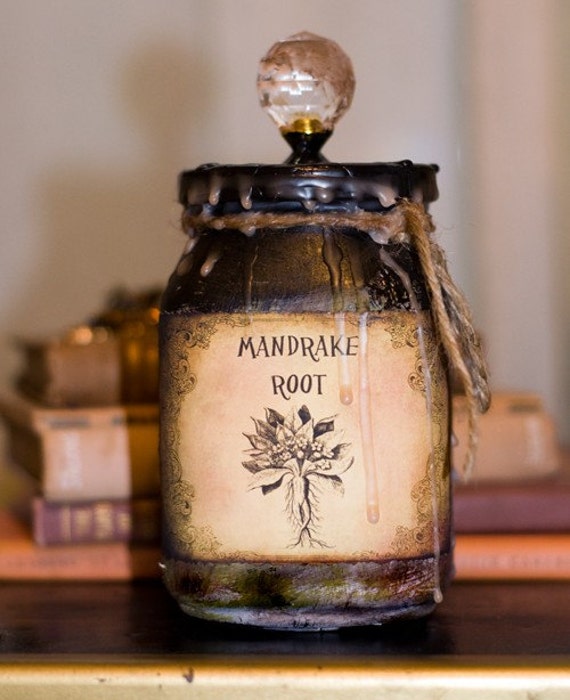

If available other names are mentioned hereĬountries where the plant has been found are listed here if the information is available Plant them out into their permanent positions in the winter when the plants are dormant. Prick out the seedlings into individual pots when they are large enough to handle and grow on in a shady part of the greenhouse for at least 2 growing seasons. The seed germinates in 1 - 4 months at 15°c. Sow stored seed in a cold frame in early spring. Seed - best sown as soon as it is ripe in a cold frame. Our new book to be released soon is Edible Shrubs. Book titles include Edible Plants, Edible Perennials, Edible Trees, and Woodland Gardening. Plants For A Future have a number of books available in paperback and digital form. Type a value in the Celsius field to convert the value to Fahrenheit: References Carbon Farming Information and Carbon Sequestration Information Temperature Converter The root pattern is rhizomatous with underground stems sending roots and shoots along their length. The root pattern is fibrous dividing into a large number of fine roots. The plant growth habit is a runner spreading indefinitely by rhizomes or stolons. and size shown above) information on the habit and root pattern is also useful and given here if available. 11-1 indicates that the plant is heat tolerant in zones 11 through 1.) For polyculture design as well as the above-ground architecture (form - tree, shrub etc. Heat Zones range from 1 (no heat days) to 12 (210 or more heat days).įor example Heat Zone.

The Plant Heat Zone map is based on the number of "heat days" experienced in a given area where the temperature climbs to over 86 degrees F (30☌).Īt this temperature, many plants begin to suffer physiological damage. Plant Heat Zones show when plants would start suffering from the heat. (Plant Hardiness Zones show how well plants withstand cold winter temperatures.

The plant is heat tolerant in zones 8 through 2. The plant takes some years to become established but is very long lived in a suitable habitat and can become a vigorous colonizer. There are various research projects under way (as of 1990). Plants in this genus have excited quite a lot of interest for the compounds found in their roots which have been shown to have anti-cancer activity. A very hardy plant, tolerating temperatures down to -15°c or lower when dormant, though the young leaves in spring can be damaged by late frosts. Grows well in a moist open woodland and also succeeds under beech trees in a deep moist leafy soil. Prefers a moist peaty soil and filtered light or shade. Landscape Uses:Ground cover, Woodland garden. This is used particularly in the treatment of diarrhoea. A homeopathic remedy is obtained from the fresh root, harvested before the fruit is ripe. Large doses have been used to commit suicide. It should not be prescribed for pregnant women. The whole plant, apart from the ripe fruit, is highly poisonous and should only be used under the supervision of a qualified practitioner. The root is harvested in the autumn and either dried for later use or the resin is extracted. It is also used in the treatment of small-cell carcinoma. The resin, which is obtained from the root, is used in the treatment of warts and has been found to be effective against uterine warts that are sometimes experienced in pregnancy. The root is most active medicinally in early spring when it is beginning to shoot. However, alopecia is said to be a common side-effect of this treatment. It is, therefore, a possible treatment for cancer, and has been used especially in the treatment of ovarian cancer. The plant contains podophyllin, which has an antimiotic effect (it interferes with cell division and can thus prevent the growth of cells). The root is antibilious, cathartic, cytostatic, hydrogogue and purgative. Although often used internally in the past, the plant's cytotoxic action makes it an unsafe remedy for internal use. It is a gastro-intestinal irritant, a powerful hepatic and intestinal stimulant. Its greatest power lies in its action on the liver and bowels.
#Cooked mandrake professional#
Always seek advice from a professional before using a plant medicinally.Īntibilious Cancer Cathartic Cytostatic Homeopathy Hydrogogue Purgative WartsĪmerican mandrake is a most powerful and useful herbal medicine, exercising an influence on every part of the system and stimulating the glands to healthy action. Plants For A Future can not take any responsibility for any adverse effects from the use of plants.


 0 kommentar(er)
0 kommentar(er)
